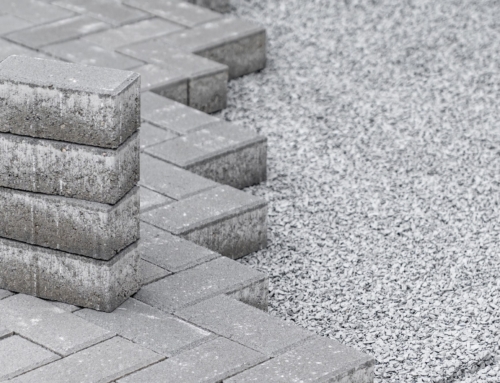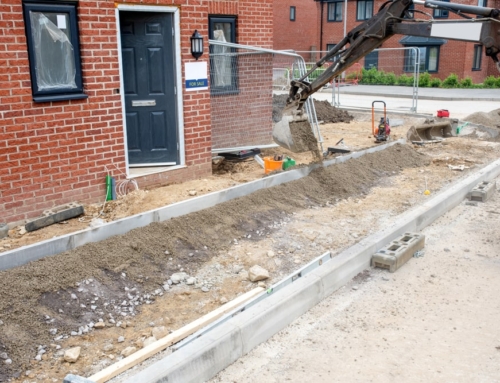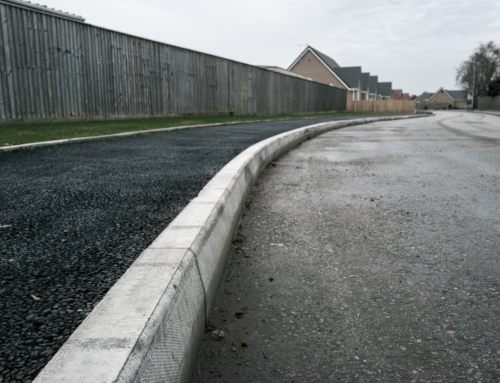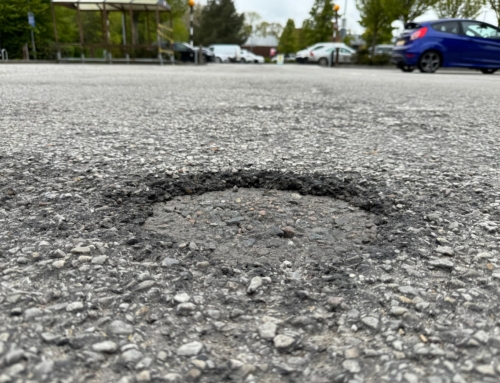
Top 3 signs of road surface issues
The quality of road surfaces has a significant impact on road safety and driver comfort when travelling from place to place. It can also affect the safety of crossings for pedestrians. Councils often struggle to keep on top of all the road surface issues reported to them, from potholes in car parks to flooding.
Road damage occurs for a number of reasons. Over time, factors like weather conditions, heavy traffic and the natural deterioration of materials used to build roads can contribute to surface damage. Addressing the problems early prevents costly lane closures and repairs while improving road safety.
Here are the top three signs of road surface damage, indicating it’s time for a surfacing contractor to step in.
Potholes and road cracks
Seeing potholes and road cracks are some of the most obvious signs of surface deterioration. Cracks often begin small but quickly widen, allowing water to penetrate the surface, causing structural damage at base level.
Potholes are formed when rainwater seeps into cracks in the surface and then expands in freezing temperatures, breaking apart the road material. That’s why we see so many appear in the colder months.
Over time, heavy vehicles further erode the surface, leaving holes in varying size and shape. Not only do potholes feel uncomfortable to drive over but they can cause significant tyre damage.
Bumps and uneven surfaces
Whether it’s an unexpected bump along a road, crumbling kerbs or irregularities in the surface, none of these signs should be ignored. These road issues are often caused by factors like substandard construction, foundation settlement, tree roots, freeze-thaw cycles and ground movement.
While road bumps may seem like a minor inconvenience, they can lead to vehicle accidents, pedestrian injuries and major wear and tear on tyres. Therefore, they need to be repaired as early as possible.
If left unaddressed, uneven surfaces will worsen, leaving the road in an unsafe condition, especially for those travelling at high speeds. Resurfacing the road along damaged sections is key, restoring a smooth and even surface.
Water pooling on the road
If you see water pooling on a road rather than draining away as it should, it’s a top sign the road has underlying issues. It’s often caused by longstanding drainage issues or uneven surfaces. Unfortunately, water pooling on roads is highly unsafe, leading to hydroplaning, where cars and other vehicles lose traction and slide along without the driver in full control.
Standing road water can also lead to further surface deterioration, especially if there are existing cracks or small potholes already forming. It can also weaken the road material and its underlying layers, increasing the chances of costly road damage.
Any road drainage issues should be rectified immediately. This can be done by improving the road’s slope and smoothness to encourage rainwater to flow to the appropriate drainage areas.
Need road resurfacing services? Contact us
UK Surfacings is an experienced contractor in London and Reigate, operating across Horsham, Kent and beyond. For a free quote, call now 0800 859 5354.





